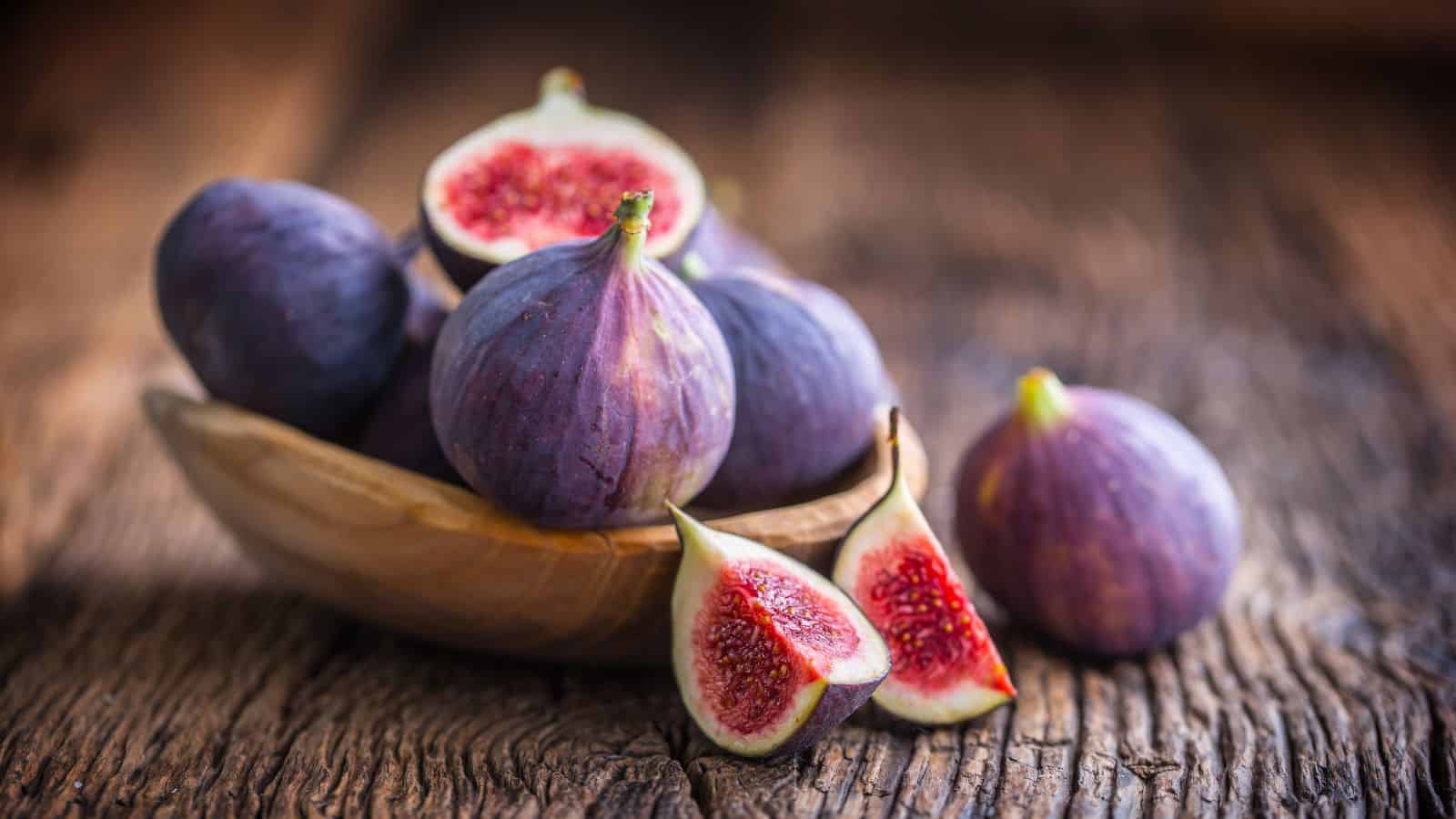Are you interested in learning what Jesus ate in the Bible? Are you looking to implement a Bible-inspired diet yourself? You’re in the right place! In this article, we’ll delve into the culinary world of Jesus, sharing His diet as we know it from the Bible.
Bread

Bread is mentioned time and time again in the Bible—a staple food at the time, made from wheat or barley. It was consumed at almost every meal, including the Last Supper, so you can bet that it was one of the most common foods that Jesus ate. Interestingly, it was often unleavened, reflecting Jewish traditions.
Fish

Another common food source was fish, especially for fishermen disciples. Jesus ate fish after His resurrection; as recorded in Luke 24:42–43, “they gave Him a piece of broiled fish, and He took it and ate it in front of them.” It was also symbolically used in miracles such as feeding the 5,000.
Fruits and Vegetables

Integral to the diet of people at the time were figs, dates, onions, garlic, and cucumbers, among other fruits and vegetables. These food items were used metaphorically in teachings and miracles and shared during significant meals like the Last Supper.
Grains

Grains, particularly barley and wheat, were foundational to Jesus’s diet. Reflecting the agricultural practices of first-century Palestine, grains were a common and essential part of the everyday diet. Their prevalence in Jesus’s meals underlines their importance as a source of sustenance.
Lentils and Beans

Lentils and beans were key protein sources in the biblical era, supposedly featuring prominently in the diet of Jesus. These legumes were valued for their nutritional benefits, providing protein and fiber, and were incredibly versatile in meal preparation.
Cheese and Dairy Products

According to Faithward, cheese was a “fairly commonplace menu item in first-century Galilee” and a staple dairy product, along with milk, though it was unlikely something that Jesus ate on a daily basis. Sourced from livestock farming, which was prevalent in the era, these products provided essential nutrition.
Olives and Olive Oil

Olives and olive oil were not just culinary staples but also held cultural and symbolic significance in Jesus’s time. Used extensively in cooking and as a condiment, they were indispensable in the diet of the era. Their symbolic representation of peace and prosperity is well-documented in the Bible.
Honey

Honey is mentioned in the Bible multiple times as a desired food, often associated with abundance and prosperity. While there’s no direct mention of Jesus consuming honey, He’s said to have eaten a hunk of honeycomb after His resurrection.
Pomegranates

Pomegranates are not often mentioned in the Bible, but it’s been said by nutritionists that this is a fruit that Jesus very likely would have eaten. Pomegranate trees were abundant in areas of Israel at the time. They’re a symbol of righteousness in Jewish tradition and were consumed fresh and possibly in other forms.
Figs

Figs are very nutritional with fiber, potassium, and calcium—a fruit that Jesus supposedly enjoyed very much. In fact, as mentioned in Matthew 21:18–19, Jesus was very upset when He approached a fig tree only to discover that it had no fruit and only leaves.
Garlic

Garlic, known for its flavor and medicinal properties, was a common part of the average diet in Jesus’s time. It featured not only as a culinary ingredient but also as a natural remedy. The inclusion of garlic in Jesus’s diet is indicative of the broader dietary customs of the region.
Walnuts

A walnut is a nutritious nut mentioned in the Old Testament, rich in antioxidants and protein. These nuts would have been available in Jesus’s time, and He was likely familiar with them, along with almonds and pistachios.
Lamb

Lamb holds symbolic significance in Jewish customs, and it’s widely accepted that there was a Passover lamb at the Last Supper. In Luke 22:7–15, on the Day of Unleavened Bread, Jesus also said, “Go and prepare the Passover for us, that we may eat.”
Wine

While wine is not a food, we can’t help but include it in this list. It was a commonly consumed beverage in Jesus’s time, including at important events like the Last Supper. It holds deep symbolic meaning in Christian sacraments.
Bitter Herbs

Bitter herbs, otherwise known as maror, were traditionally part of the Passover meal, symbolizing the bitterness of slavery in Egypt. Likely consumed by Jesus at the Last Supper, they represent the deep connection between food and religious traditions in Jewish culture.
Mustard

Mustard, mentioned in Jesus’s parables, was a commonly used spice in His time. Its use in the parable of the mustard seed reflects its familiarity and significance in daily life. The parable illustrates the kingdom of heaven growing from small beginnings, much like a mustard seed grows into a large plant.
Almonds

Almonds are mentioned in the Bible and were likely a part of Jesus’s diet. They were included among the best fruits of the land in Genesis and were a symbol of God’s approval in Numbers when Aaron’s rod blossomed and yielded almonds. This suggests that almonds were valued both for their nutritional properties and their symbolic significance.
Read More: 17 Religious Facts People Get Wrong All the Time

Religious beliefs and practices are often misunderstood, leading to common misconceptions. Some are just too general, others are downright out there. So, we’ll be correcting 17 widely circulated ‘facts’ about world religions.
17 Religious Facts People Get Wrong All the Time
Why People Aren’t Religious Anymore: 15 Simple Reasons

As society evolves, so does our approach to spirituality. This article looks at the subtle yet profound shift from traditional religious adherence to a more personal, evidence-based belief system.
Why People Aren’t Religious Anymore: 15 Simple Reasons
17 American Attractions That Not Even Americans Want to Visit

The United States of America—land of the free, home of the brave, and the location of some of the most ‘unique’ tourist attractions you’ll ever lay eyes on.
Get ready to chuckle, scratch your head, and maybe even facepalm as we look at 17 American attractions that not even Americans think are worth visiting.
17 American Attractions That Not Even Americans Want to Visit
20 Things We Did When We Were Young That We Regret Now

It’s easy to say hindsight is 20/20, but what advice would you really give your younger self? Here are 20 things that most people did when they were young that they regret today.
20 Things We Did When We Were Young That We Regret Now
17 Things That Used to Be Highly Respected But Isn’t Anymore

Many things in the world used to be well-respected before turning into complete jokes for various reasons. An internet survey recently asked people, “What is something that was once highly respected but is now a complete joke?” Here are the top 20 answers:
17 Things That Used to Be Highly Respected But Isn’t Anymore
